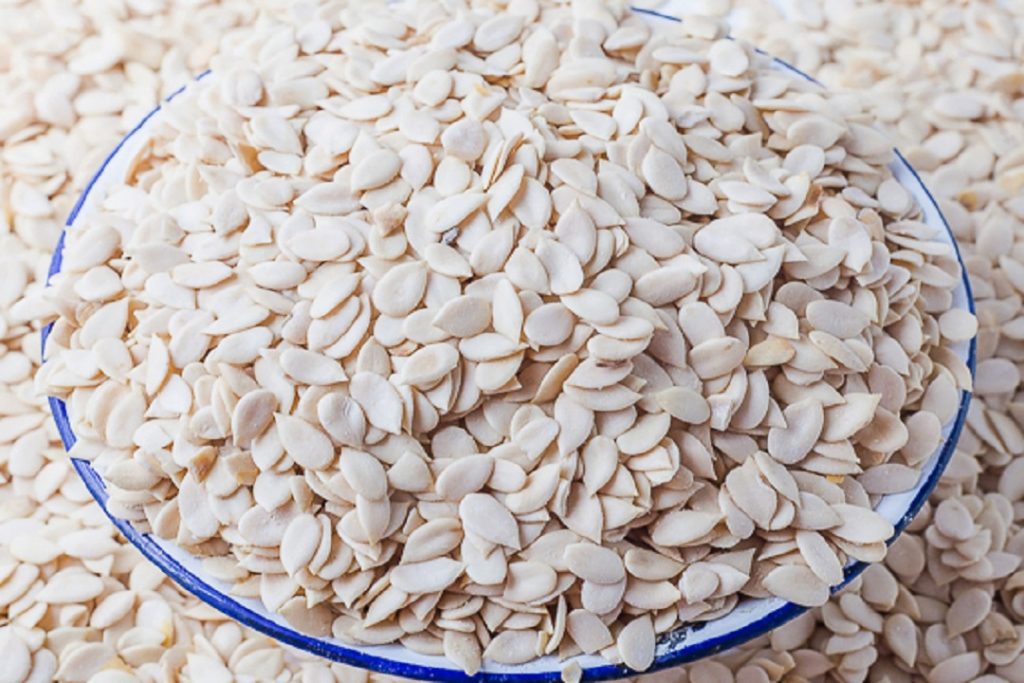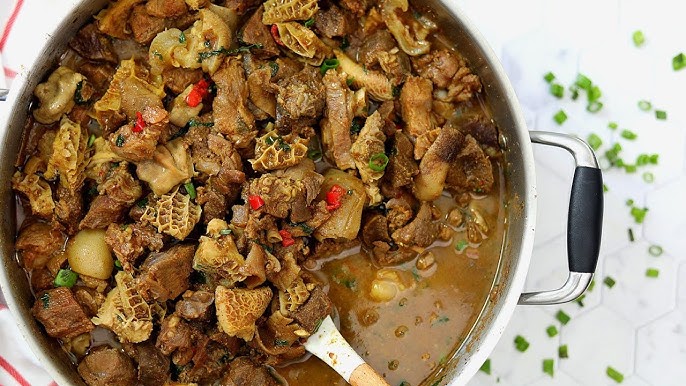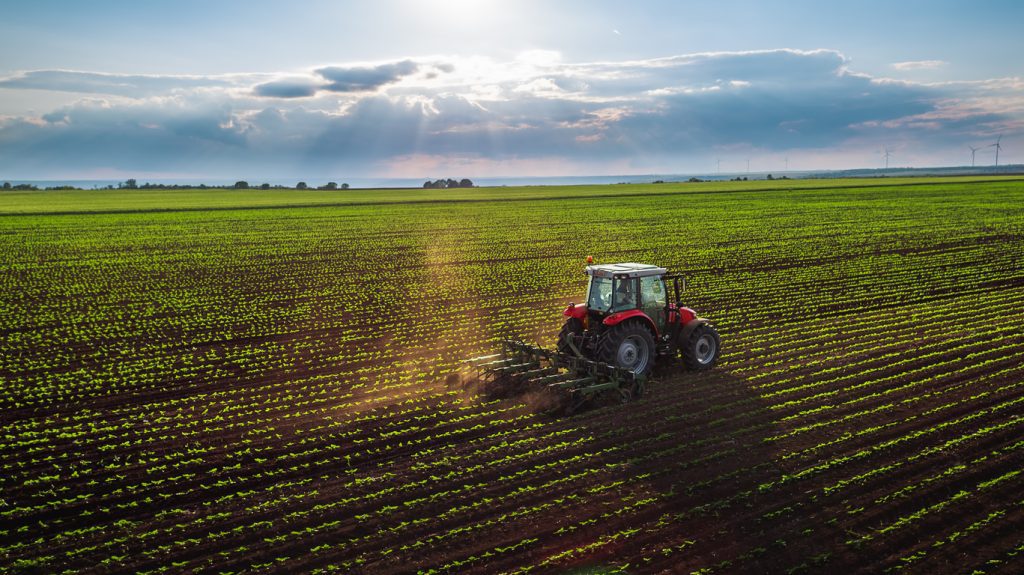INTRODUCTION
These days, your next food obsession could come from anywhere. A 10-second video. A remix
of a dish you thought you knew. A meal served in a way that makes you pause and ask, “Wait…
is that what I think it is?”
Someone posts a reimagined version of nkwobi as sliders, or presents egusi in a pasta bake.
The comments roll in. Some people love it, others are horrified.
There’s always that one person who asks, “Why are you doing this to our food?” And another
who responds with, “It’s called creativity.”
This is where it gets interesting. Because when it comes to food — especially food rooted in
culture — the question isn’t just what’s on the plate, but also what it represents.
And that brings us to the real conversation: who owns the recipe?
More Than Just a Meal
Food isn’t just food.
For many Nigerians, a single meal can carry memory, heritage, status, comfort. A bowl of native
soup isn’t just about taste. It might be about your grandmother’s kitchen. About home. About
survival.
That’s why it’s not surprising that people get emotional when they see traditional meals turned
into something unfamiliar. To them, it feels like you’re touching more than the recipe — you’re
touching their identity.
But at the same time, food isn’t supposed to stay the same forever. It adapts. It moves. It
evolves with time, place, and the hands that prepare it.
Still, somewhere in the middle of this evolution, the question remains: when does “adding your
twist” cross the line into erasing a culture?
The Remix Isn’t the Problem
Nobody owns ogi/akamu (pap). Or yam porridge. Or pepper soup. These dishes belong to
communities. Generations. Entire cultures. So technically, no one has the right to stop you from
doing what you want with them.
But context and credit matter.
If you serve a rebranded version of a local dish in a fine-dining setting and act as if it has no
history, that’s problematic. If your content goes viral because you added roasted garlic and
edible flowers to a street food classic, but you don’t acknowledge where the original dish
originated, that’s erasure, even if unintentional.
And it’s not just about high-end restaurants. Even creators on TikTok, YouTube, and Instagram
need to think about this. The moment you hit “post,” you’re not just sharing a recipe. You’re
shaping perception.
When Food Becomes Aesthetic
Somewhere along the line, food became a vibe. It became content. And while that’s not a bad
thing, it’s also where we started losing parts of the story.
It’s one thing to experiment with a recipe. It’s another thing to remove all traces of its origin just
to make it look more palatable or trendy.
If your modern take on a dish makes people forget where it came from in the first place, or
worse, makes them think you created it, you haven’t just remixed the food. You’ve rewritten the
story.
Telling the Full Story
Here’s the thing. It’s not about choosing between tradition and innovation. Both can co-exist
beautifully.
But when you share food, especially food that draws from cultures that have been overlooked or
underrepresented, you owe it more than just the aesthetics. You owe it honesty. A simple
mention. A nod to the origin. A line that says, “This is my twist on a dish I learned from…”
Creators who do this well don’t lose anything by acknowledging the culture behind their plates.
In fact, they gain respect and bring their audience into a richer, more authentic experience.
And platforms that tell these stories, like Street Foodz Naija and Food Quest on FoodBay TV,
are proving that there’s room to innovate while still educating and celebrating.
FINAL THOUGHTS
Food will keep changing. That’s the nature of it.
But the meaning behind it doesn’t have to get lost along the way.
The next time you see a new take on a traditional dish, or feel inspired to experiment with one
yourself, ask a simple question:
Am I just enjoying the meal, or am I honoring the story behind it too?
Because the recipe might be for everyone, but the story behind it deserves to be told right.



